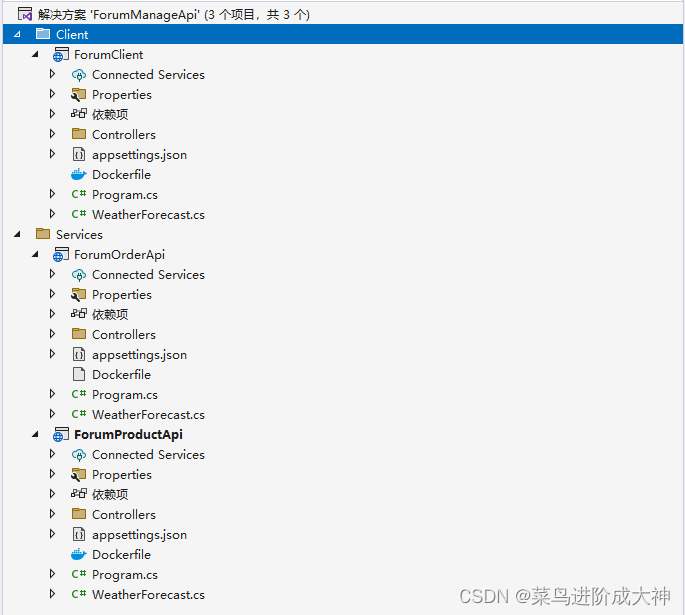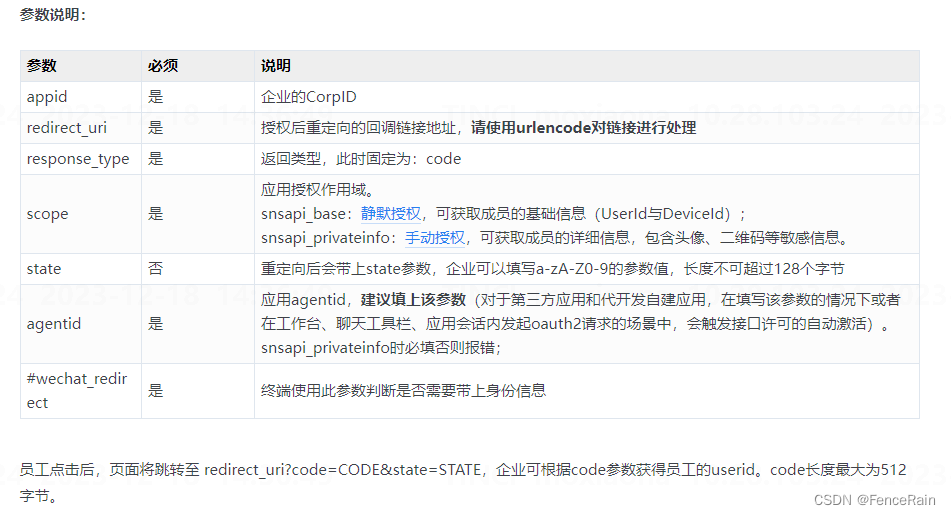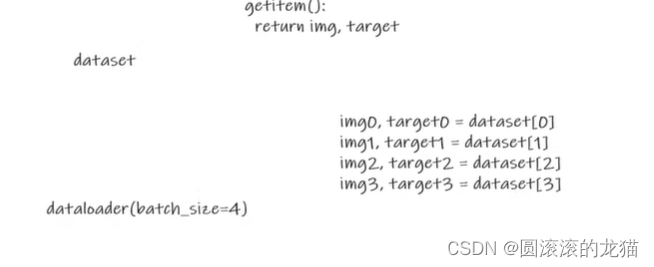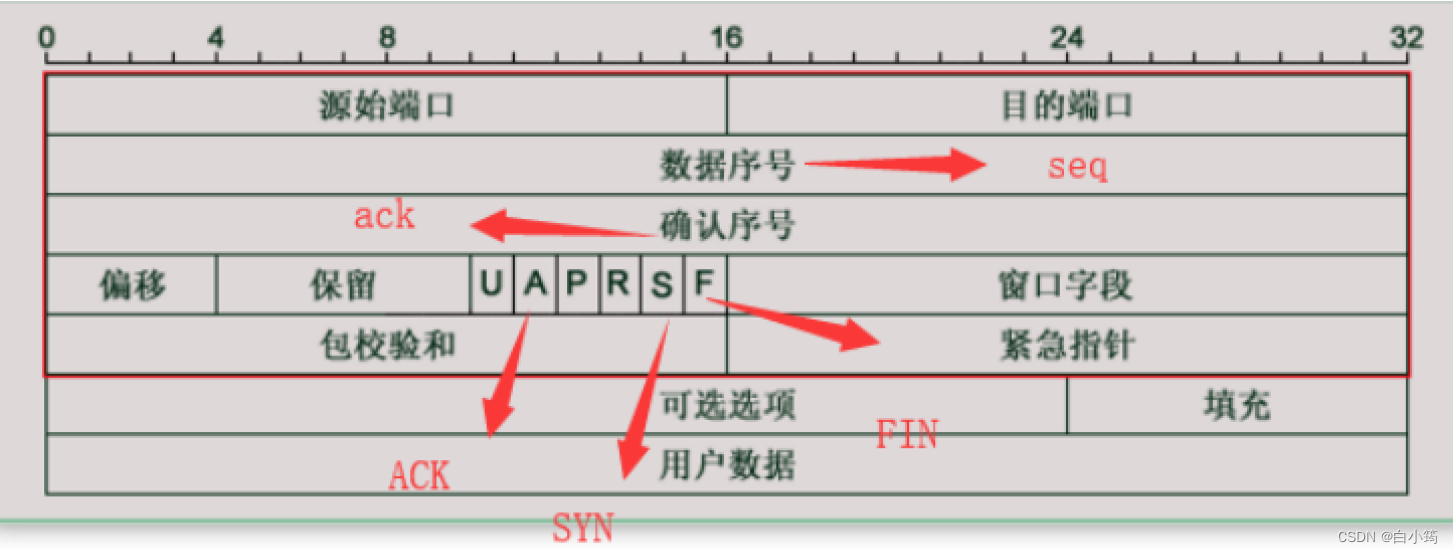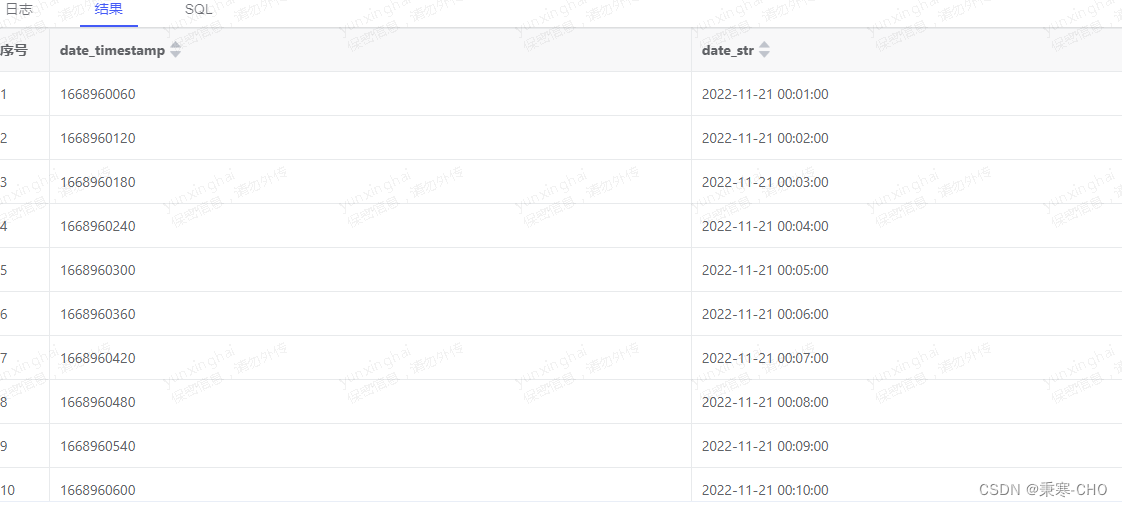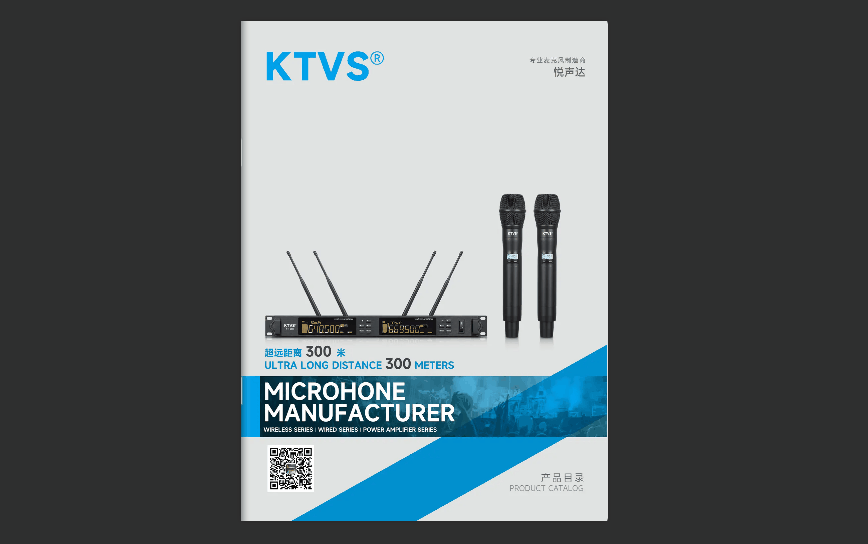1.常用类如下
Samlv1ClaimsTransform.cs
public static class Samlv1ClaimsTransform
{
public static ClaimsPrincipal Transform(ClaimsPrincipal incomingPrincipal)
{
if (!incomingPrincipal.Identity.IsAuthenticated)
{
return incomingPrincipal;
}
return CreateClaimsPrincipal(incomingPrincipal);
}
private static ClaimsPrincipal CreateClaimsPrincipal(ClaimsPrincipal incomingPrincipal)
{
var claims = new List<Claim>();
// All claims
claims.AddRange(incomingPrincipal.Claims);
// Or custom claims
//claims.AddRange(GetSaml2LogoutClaims(incomingPrincipal));
//claims.Add(new Claim(ClaimTypes.NameIdentifier, GetClaimValue(incomingPrincipal, ClaimTypes.NameIdentifier)));
return new ClaimsPrincipal(new ClaimsIdentity(claims, incomingPrincipal.Identity.AuthenticationType, ClaimTypes.NameIdentifier, ClaimTypes.Role)
{
BootstrapContext = ((ClaimsIdentity)incomingPrincipal.Identity).BootstrapContext
});
}
private static IEnumerable<Claim> GetSaml2LogoutClaims(ClaimsPrincipal principal)
{
yield return GetClaim(principal, Saml2ClaimTypes.NameId);
yield return GetClaim(principal, Saml2ClaimTypes.NameIdFormat);
yield return GetClaim(principal, Saml2ClaimTypes.SessionIndex);
}
private static Claim GetClaim(ClaimsPrincipal principal, string claimType)
{
return ((ClaimsIdentity)principal.Identity).Claims.Where(c => c.Type == claimType).FirstOrDefault();
}
private static string GetClaimValue(ClaimsPrincipal principal, string claimType)
{
var claim = GetClaim(principal, claimType);
return claim != null ? claim.Value : null;
}
}Samlv2AuthRequest.cs
public class Samlv2AuthRequest
{
public string _id;
private string _issue_instant;
private string _issuer;
private string _assertionConsumerServiceUrl;
public enum AuthRequestFormat
{
Base64 = 1
}
public Samlv2AuthRequest(string issuer, string assertionConsumerServiceUrl)
{
_id = "_" + Guid.NewGuid().ToString();
_issue_instant = DateTime.Now.ToUniversalTime().ToString("yyyy-MM-ddTHH:mm:ssZ", System.Globalization.CultureInfo.InvariantCulture);
_issuer = issuer;
_assertionConsumerServiceUrl = assertionConsumerServiceUrl;
}
public string GetRequest(AuthRequestFormat format)
{
using (StringWriter sw = new StringWriter())
{
XmlWriterSettings xws = new XmlWriterSettings();
xws.OmitXmlDeclaration = true;
using (XmlWriter xw = XmlWriter.Create(sw, xws))
{
xw.WriteStartElement("samlp", "AuthnRequest", "urn:oasis:names:tc:SAML:2.0:protocol");
xw.WriteAttributeString("ID", _id);
xw.WriteAttributeString("Version", "2.0");
xw.WriteAttributeString("IssueInstant", _issue_instant);
xw.WriteAttributeString("ProtocolBinding", "urn:oasis:names:tc:SAML:2.0:bindings:HTTP-POST");
xw.WriteAttributeString("AssertionConsumerServiceURL", _assertionConsumerServiceUrl);
xw.WriteStartElement("saml", "Issuer", "urn:oasis:names:tc:SAML:2.0:assertion");
xw.WriteString(_issuer);
xw.WriteEndElement();
xw.WriteStartElement("samlp", "NameIDPolicy", "urn:oasis:names:tc:SAML:2.0:protocol");
xw.WriteAttributeString("Format", "urn:oasis:names:tc:SAML:1.1:nameid-format:unspecified");
xw.WriteAttributeString("AllowCreate", "true");
xw.WriteEndElement();
/*xw.WriteStartElement("samlp", "RequestedAuthnContext", "urn:oasis:names:tc:SAML:2.0:protocol");
xw.WriteAttributeString("Comparison", "exact");
xw.WriteStartElement("saml", "AuthnContextClassRef", "urn:oasis:names:tc:SAML:2.0:assertion");
xw.WriteString("urn:oasis:names:tc:SAML:2.0:ac:classes:PasswordProtectedTransport");
xw.WriteEndElement();
xw.WriteEndElement();*/
xw.WriteEndElement();
}
if (format == AuthRequestFormat.Base64)
{
//byte[] toEncodeAsBytes = System.Text.ASCIIEncoding.ASCII.GetBytes(sw.ToString());
//return System.Convert.ToBase64String(toEncodeAsBytes);
//https://stackoverflow.com/questions/25120025/acs75005-the-request-is-not-a-valid-saml2-protocol-message-is-showing-always%3C/a%3E
var memoryStream = new MemoryStream();
var writer = new StreamWriter(new DeflateStream(memoryStream, CompressionMode.Compress, true), new UTF8Encoding(false));
writer.Write(sw.ToString());
writer.Close();
string result = Convert.ToBase64String(memoryStream.GetBuffer(), 0, (int)memoryStream.Length, Base64FormattingOptions.None);
return result;
}
return null;
}
}
//returns the URL you should redirect your users to (i.e. your SAML-provider login URL with the Base64-ed request in the querystring
public string GetRedirectUrl(string samlEndpoint, string relayState = null)
{
var queryStringSeparator = samlEndpoint.Contains("?") ? "&" : "?";
var url = samlEndpoint + queryStringSeparator + "SAMLRequest=" + Uri.EscapeDataString(GetRequest(AuthRequestFormat.Base64));
if (!string.IsNullOrEmpty(relayState))
{
url += "&RelayState=" + Uri.EscapeDataString(relayState);
}
return url;
}
}Samlv2Response.cs
public class Samlv2Response
{
private static byte[] StringToByteArray(string st)
{
byte[] bytes = new byte[st.Length];
for (int i = 0; i < st.Length; i++)
{
bytes[i] = (byte)st[i];
}
return bytes;
}
protected XmlDocument _xmlDoc;
protected readonly X509Certificate2 _certificate;
protected XmlNamespaceManager _xmlNameSpaceManager; //we need this one to run our XPath queries on the SAML XML
public string Xml { get { return _xmlDoc.OuterXml; } }
public Samlv2Response(string certificateStr, string responseString)
: this(StringToByteArray(certificateStr), responseString) { }
public Samlv2Response(byte[] certificateBytes, string responseString) : this(certificateBytes)
{
LoadXmlFromBase64(responseString);
}
public Samlv2Response(string certificateStr) : this(StringToByteArray(certificateStr)) { }
public Samlv2Response(byte[] certificateBytes)
{
_certificate = new X509Certificate2(certificateBytes);
}
public void LoadXml(string xml)
{
_xmlDoc = new XmlDocument();
_xmlDoc.PreserveWhitespace = true;
_xmlDoc.XmlResolver = null;
_xmlDoc.LoadXml(xml);
_xmlNameSpaceManager = GetNamespaceManager(); //lets construct a "manager" for XPath queries
}
public void LoadXmlFromBase64(string response)
{
UTF8Encoding enc = new UTF8Encoding();
LoadXml(enc.GetString(Convert.FromBase64String(response)));
}
public bool IsValid()
{
XmlNodeList nodeList = _xmlDoc.SelectNodes("//ds:Signature", _xmlNameSpaceManager);
SignedXml signedXml = new SignedXml(_xmlDoc);
if (nodeList.Count == 0) return false;
signedXml.LoadXml((XmlElement)nodeList[0]);
return ValidateSignatureReference(signedXml) && signedXml.CheckSignature(_certificate, true) && !IsExpired();
}
public string GetSamlXmlResponse()
{
return _xmlDoc.InnerXml;
}
//an XML signature can "cover" not the whole document, but only a part of it
//.NET's built in "CheckSignature" does not cover this case, it will validate to true.
//We should check the signature reference, so it "references" the id of the root document element! If not - it's a hack
private bool ValidateSignatureReference(SignedXml signedXml)
{
if (signedXml.SignedInfo.References.Count != 1) //no ref at all
return false;
var reference = (Reference)signedXml.SignedInfo.References[0];
var id = reference.Uri.Substring(1);
var idElement = signedXml.GetIdElement(_xmlDoc, id);
if (idElement == _xmlDoc.DocumentElement)
return true;
else //sometimes its not the "root" doc-element that is being signed, but the "assertion" element
{
var assertionNode = _xmlDoc.SelectSingleNode("/samlp:Response/saml:Assertion", _xmlNameSpaceManager) as XmlElement;
if (assertionNode != idElement)
return false;
}
return true;
}
private bool IsExpired()
{
DateTime expirationDate = DateTime.MaxValue;
XmlNode node = _xmlDoc.SelectSingleNode("/samlp:Response/saml:Assertion[1]/saml:Subject/saml:SubjectConfirmation/saml:SubjectConfirmationData", _xmlNameSpaceManager);
if (node != null && node.Attributes["NotOnOrAfter"] != null)
{
DateTime.TryParse(node.Attributes["NotOnOrAfter"].Value, out expirationDate);
}
return DateTime.UtcNow > expirationDate.ToUniversalTime();
}
public string GetNameID()
{
XmlNode node = _xmlDoc.SelectSingleNode("/samlp:Response/saml:Assertion[1]/saml:Subject/saml:NameID", _xmlNameSpaceManager);
return node.InnerText;
}
public string GetUserID()
{
return GetCustomAttribute("http://schemas.microsoft.com/identity/claims/objectidentifier");
}
public string GetRoles()
{
return GetCustomAttribute("User.roles")
?? GetCustomAttribute("http://schemas.xmlsoap.org/ws/2005/05/identity/claims/roles") //some providers (for example Azure AD) put last name into an attribute named "http://schemas.xmlsoap.org/ws/2005/05/identity/claims/emailaddress"
?? GetCustomAttribute("roles"); //some providers put last name into an attribute named "mail"
}
public virtual string GetUpn()
{
return GetCustomAttribute("http://schemas.xmlsoap.org/ws/2005/05/identity/claims/upn");
}
public virtual string GetEmail()
{
return GetCustomAttribute("User.email")
?? GetCustomAttribute("http://schemas.xmlsoap.org/ws/2005/05/identity/claims/emailaddress") //some providers (for example Azure AD) put last name into an attribute named "http://schemas.xmlsoap.org/ws/2005/05/identity/claims/emailaddress"
?? GetCustomAttribute("mail"); //some providers put last name into an attribute named "mail"
}
public virtual string GetFirstName()
{
return GetCustomAttribute("first_name")
?? GetCustomAttribute("http://schemas.xmlsoap.org/ws/2005/05/identity/claims/givenname") //some providers (for example Azure AD) put last name into an attribute named "http://schemas.xmlsoap.org/ws/2005/05/identity/claims/givenname"
?? GetCustomAttribute("User.FirstName")
?? GetCustomAttribute("givenName"); //some providers put last name into an attribute named "givenName"
}
public virtual string GetLastName()
{
return GetCustomAttribute("last_name")
?? GetCustomAttribute("http://schemas.xmlsoap.org/ws/2005/05/identity/claims/surname") //some providers (for example Azure AD) put last name into an attribute named "http://schemas.xmlsoap.org/ws/2005/05/identity/claims/surname"
?? GetCustomAttribute("User.LastName")
?? GetCustomAttribute("sn"); //some providers put last name into an attribute named "sn"
}
public virtual string GetDepartment()
{
return GetCustomAttribute("http://schemas.xmlsoap.org/ws/2005/05/identity/claims/department")
?? GetCustomAttribute("department");
}
public virtual string GetPhone()
{
return GetCustomAttribute("http://schemas.xmlsoap.org/ws/2005/05/identity/claims/homephone")
?? GetCustomAttribute("http://schemas.xmlsoap.org/ws/2005/05/identity/claims/telephonenumber");
}
public virtual string GetCompany()
{
return GetCustomAttribute("http://schemas.xmlsoap.org/ws/2005/05/identity/claims/companyname")
?? GetCustomAttribute("organization")
?? GetCustomAttribute("User.CompanyName");
}
public virtual string GetLocation()
{
return GetCustomAttribute("http://schemas.xmlsoap.org/ws/2005/05/identity/claims/location")
?? GetCustomAttribute("physicalDeliveryOfficeName");
}
public string GetCustomAttribute(string attr)
{
XmlNode node = _xmlDoc.SelectSingleNode("/samlp:Response/saml:Assertion[1]/saml:AttributeStatement/saml:Attribute[@Name='" + attr + "']/saml:AttributeValue", _xmlNameSpaceManager);
return node == null ? null : node.InnerText;
}
//returns namespace manager, we need one b/c MS says so... Otherwise XPath doesnt work in an XML doc with namespaces
//see https://stackoverflow.com/questions/7178111/why-is-xmlnamespacemanager-necessary
private XmlNamespaceManager GetNamespaceManager()
{
XmlNamespaceManager manager = new XmlNamespaceManager(_xmlDoc.NameTable);
manager.AddNamespace("ds", SignedXml.XmlDsigNamespaceUrl);
manager.AddNamespace("saml", "urn:oasis:names:tc:SAML:2.0:assertion");
manager.AddNamespace("samlp", "urn:oasis:names:tc:SAML:2.0:protocol");
return manager;
}
}2.控制器调用
//根据企业码查看当前的企业码是否存在,然后并且返回跳转数据
[Route("sso/ssologin")]
[HttpGet]
public async Task<ActionResult<Result>> SsoLogin(string CorporateCode)
{
if (!string.IsNullOrEmpty(CorporateCode))
{
//查询企业码是否存在
var result = await ——**.GetSpIdp(CorporateCode, "", "", "");
if (result.Rows.Count == 0)
{
return ApiResultHelper.renderError("CorporateCode is null ");
}
if (result.Rows[0]["isena**"].ToString() == "0")
{
return ApiResultHelper.renderError("CorporateCode is null ");
}
var samlEndpoint = result.Rows[0]["idpsso**"].ToString();
var sp_consumer_url = result.Rows[0]["spconsum**"].ToString();
var request = new Samlv2AuthRequest(
"****", //TODO: put your app's "entity ID" here urn:auth0:YOUR_TENANT:YOUR_CONNECTION_NAME
sp_consumer_url //TODO: put Assertion Consumer URL (where the provider should redirect users after authenticating)
);
//redirect the user to the SAML provider
return ApiResultHelper.renderSuccess(request.GetRedirectUrl(samlEndpoint), "success!");//, "https://www.corriere.it/"
}
return ApiResultHelper.renderError("CorporateCode is null ");
}
[Route("**/**/**/{param1}/{param2}")]
[HttpPost]
//ASP.NET MVC action method... But you can easily modify the code for Web-forms etc.
public async Task<ActionResult<Result>> Samlv2Consumer(string param1, string param2)
{
var url = "";
var result = await ——**.GetSpIdp("", "", param2, param1);
if (result.Rows.Count == 0)
{
return ApiResultHelper.renderError("request is fail");
}
// 1. TODO: specify the certificate that your SAML provider gave you
string samlCertificate = result.Rows[0]["idp_certificate"].ToString();
// string samlCertificate = ByFingerpritntGetBase64("**");
// 2. Let's read the data - SAML providers usually POST it into the "SAMLResponse" var
var samlResponse = new Samlv2Response(samlCertificate, Request.Form["SAMLResponse"]);
//for log purpose
var samlTextResponse = samlResponse.GetSamlXmlResponse();
Dictionary<string, string> dic = new Dictionary<string, string>();
// 3. We're done!
if (samlResponse.IsValid())
{
//WOOHOO!!! user is logged in
//Some more optional stuff for you
//let's extract username/firstname etc
string username, email, firstname, lastname, userid;
try
{
userid = samlResponse.GetUserID();
username = samlResponse.GetNameID();
email = samlResponse.GetEmail();
firstname = samlResponse.GetFirstName();
lastname = samlResponse.GetLastName();
/*删除部分代码*/
url = Appsettings.GetNode("**") + "error";
return Redirect(url);
}
catch (Exception ex)
{
//insert error handling code
//no, really, please do
return ApiResultHelper.renderError(ex.Message);
}
//user has been authenticated, put your code here, like set a cookie or something...
//or call FormsAuthentication.SetAuthCookie()
//or call context.SignInAsync() in ASP.NET Core
//or do something else
}
return ApiResultHelper.renderError(false);
}

